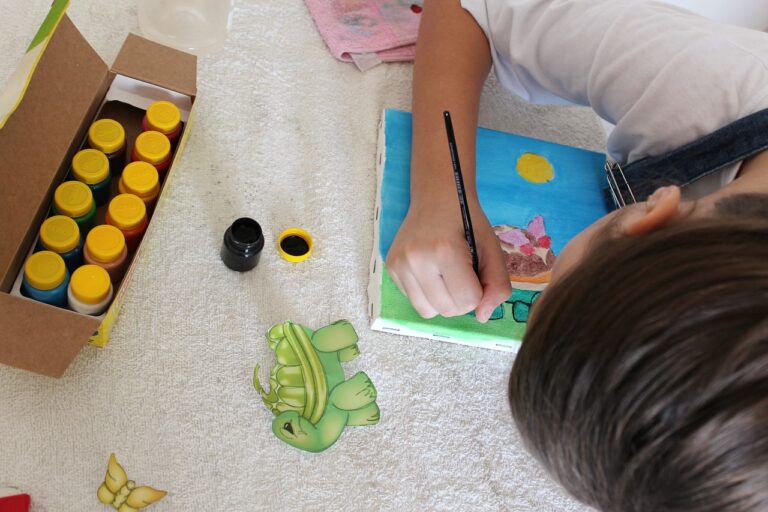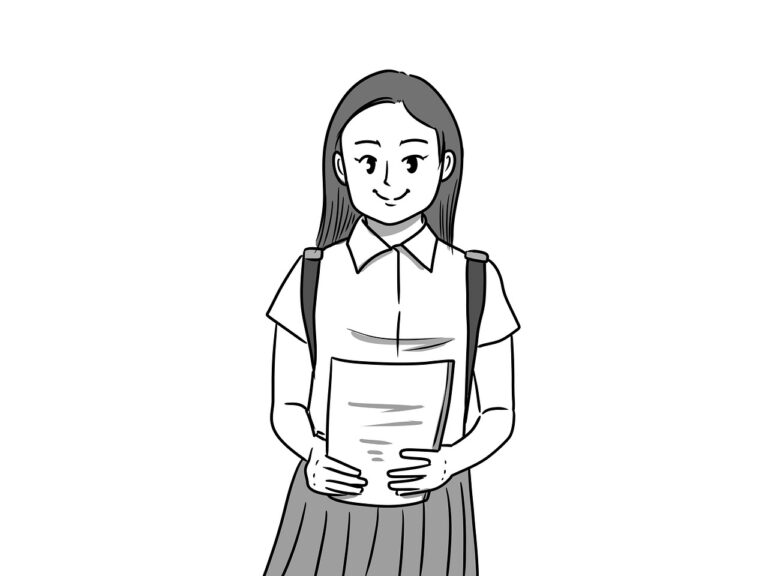How to Develop Culturally Responsive Teaching Practices
Cultural diversity in the classroom encompasses a wide range of differences among students, including language, race, ethnicity, religion, sexual orientation, and socio-economic status. This diversity provides a unique opportunity for students to learn from each other’s perspectives and experiences, fostering a more inclusive and enriching educational environment. Teachers play a crucial role in promoting understanding and respect for cultural differences by incorporating diverse perspectives into their curriculum and classroom discussions.
By acknowledging and embracing cultural diversity, educators can create a more supportive and inclusive learning environment for all students. This can help students develop empathy, critical thinking skills, and a broader worldview. It is essential for teachers to be aware of their own biases and stereotypes to ensure they are not inadvertently perpetuating harmful attitudes or behaviors in the classroom. Cultivating a culture of respect and appreciation for diversity can benefit not only individual students but also the overall school community.
Recognizing Bias and Stereotypes
Bias and stereotypes are prevalent in our society and can often manifest in the classroom setting. Educators must be vigilant in recognizing these biases as they can impact the learning experience of students from diverse backgrounds. Whether it’s assumptions about a student’s capabilities based on their race, gender, or socioeconomic status, these biases can hinder a student’s academic success and overall well-being. It is crucial for teachers to reflect on their own beliefs and attitudes to ensure they are creating an inclusive and equitable learning environment for all students.
Furthermore, stereotypes can lead to harmful generalizations that perpetuate misconceptions about certain groups of people. These misconceptions can affect the way educators interact with students, leading to unequal treatment and marginalization. It is essential for teachers to challenge stereotypes and encourage critical thinking among students to promote a more inclusive and respectful classroom dynamic. By acknowledging and addressing biases and stereotypes, educators can work towards fostering a positive and supportive learning environment where all students feel valued and empowered to succeed.
What is bias?
Bias is a prejudice in favor of or against one thing, person, or group compared with another, usually in a way that is considered to be unfair.
How can bias manifest in the classroom?
Bias can manifest in the classroom through teacher expectations, interactions with students, and instructional materials that may favor one group over another.
What are stereotypes?
Stereotypes are oversimplified beliefs or assumptions about people based on their race, gender, age, or other characteristics.
How can stereotypes impact students in the classroom?
Stereotypes can impact students by creating a negative self-image, limiting their potential, and affecting their interactions with teachers and peers.
What can teachers do to combat bias and stereotypes in the classroom?
Teachers can combat bias and stereotypes by promoting cultural diversity, challenging stereotypes, providing inclusive materials, and fostering open discussions about bias and discrimination.





